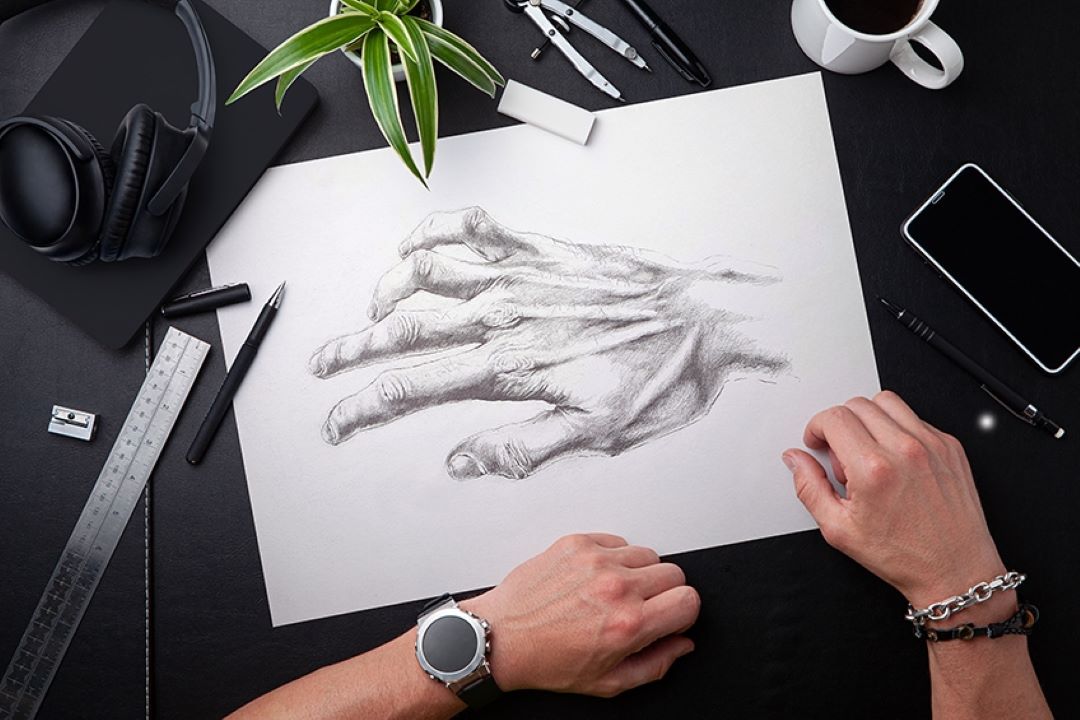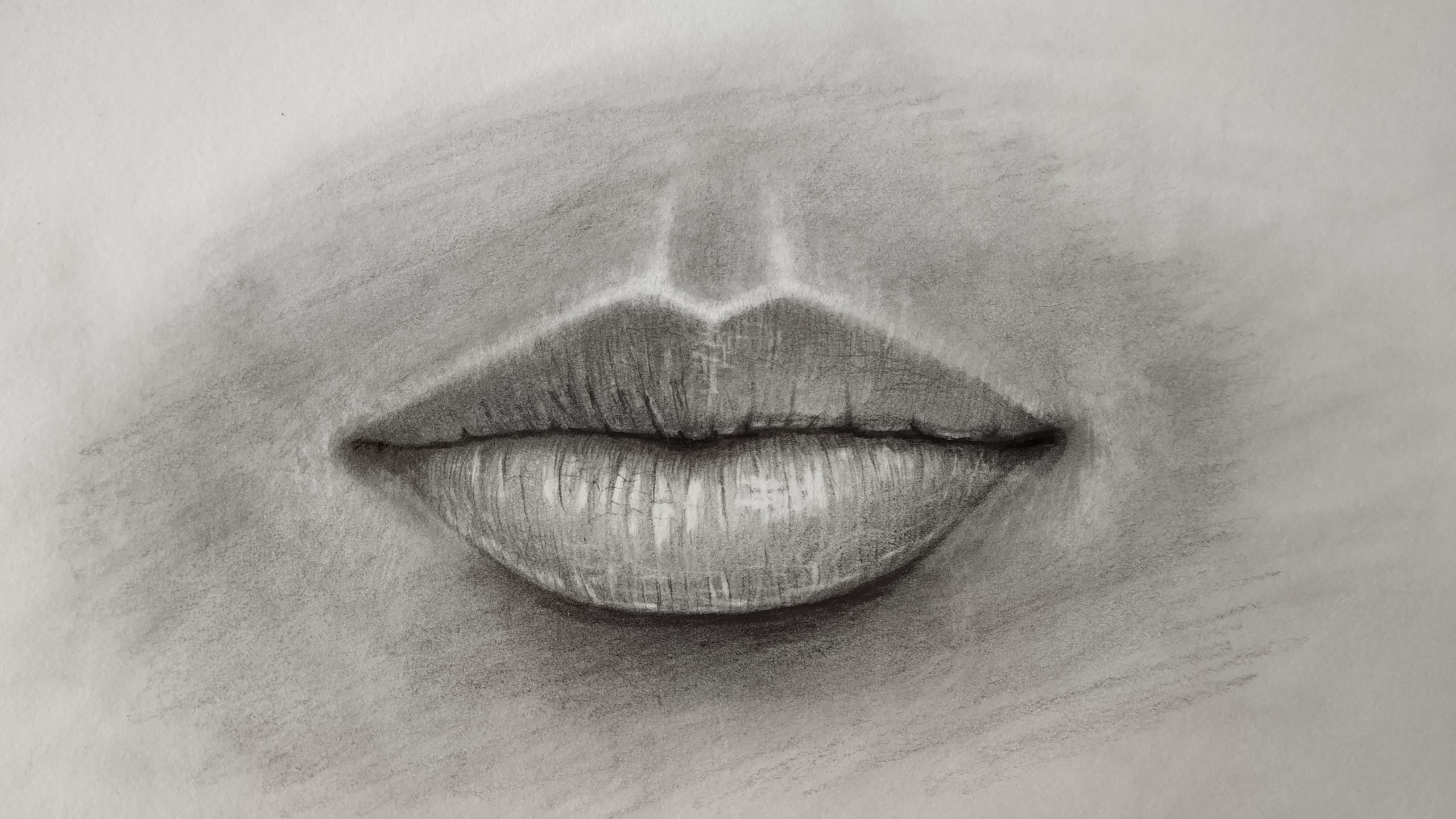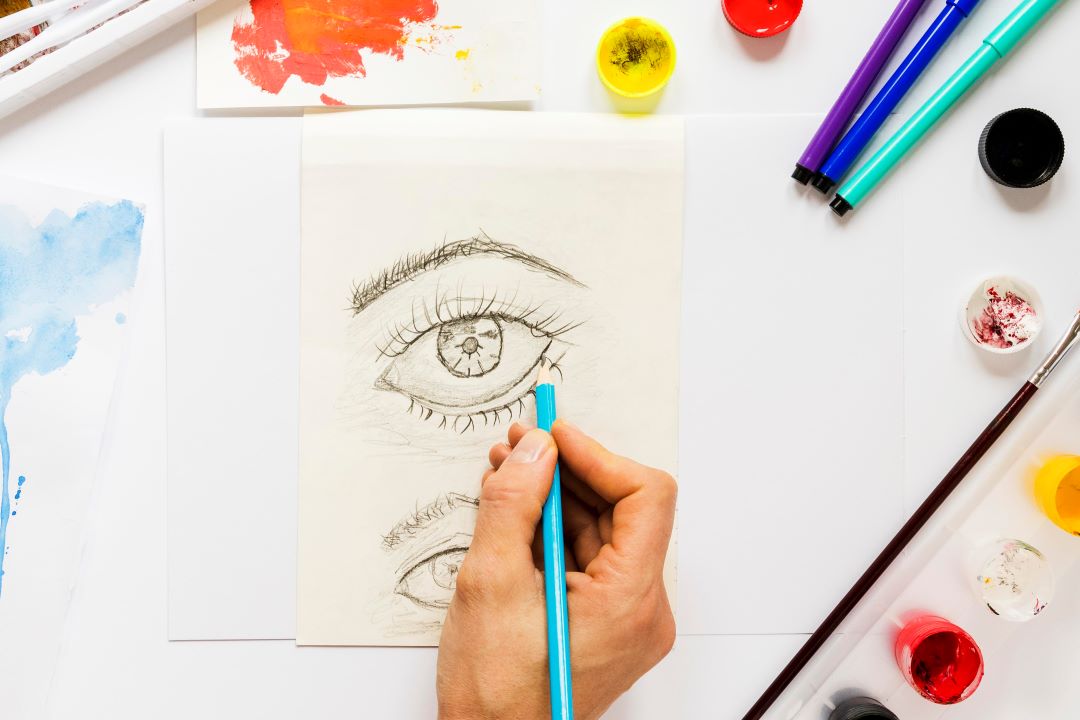How to draw a nose?
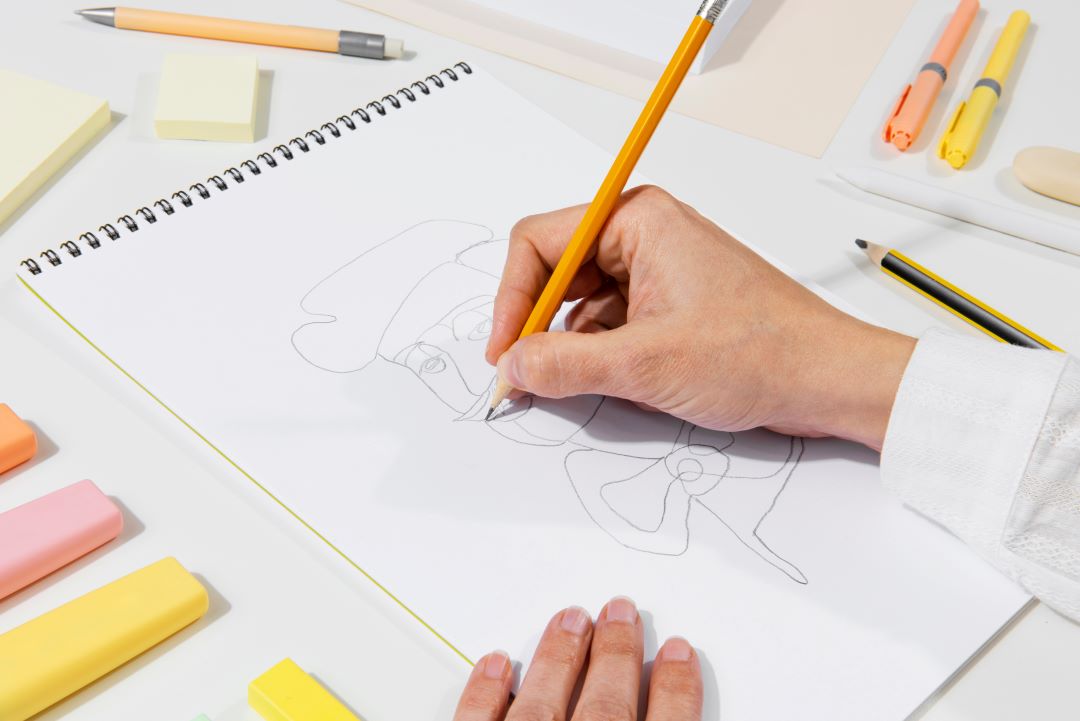
How to draw a nose?
How to draw a nose?
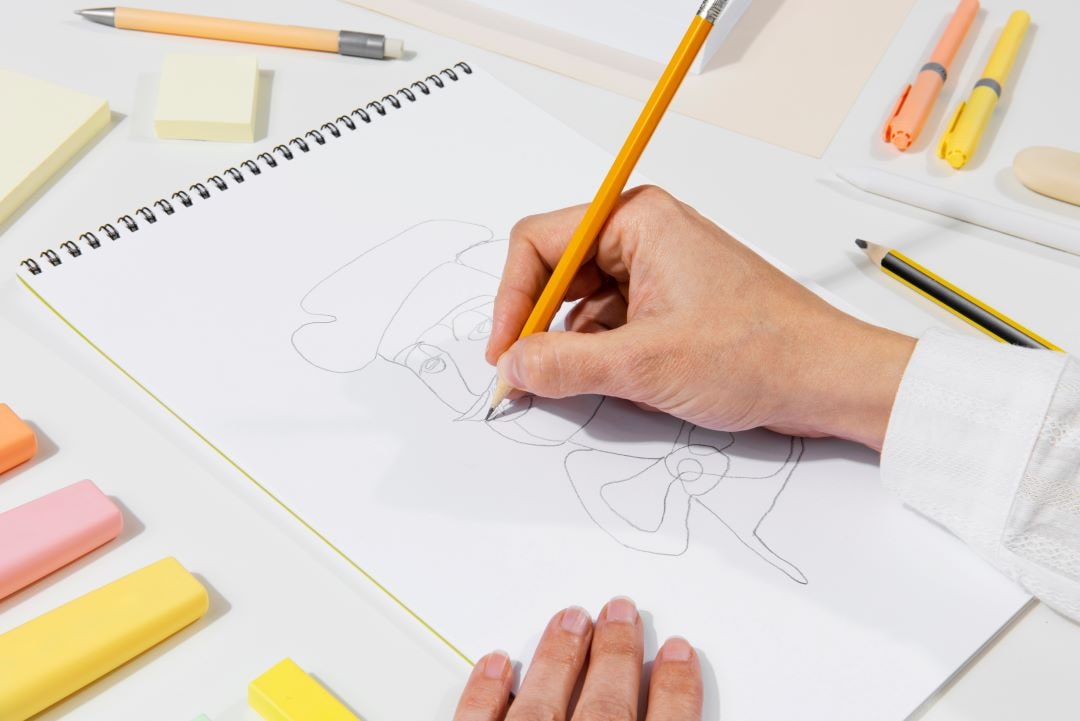
To draw a nose step by step, start by sketching the basic shape to establish the form, accounting for the bridge, nose tip, and wings.
Use proper tools like a pencil and blending stump to define details and create soft transitions. Highlight the areas where the light source hits, while darkening the shadows for depth and dimension.
Ensure the visible features of the nose are realistic by carefully blending and refining the shape to achieve a natural look.
How to draw a nose? - Step by step
To draw a nose step by step, begin by sketching the basic shape, considering the bridge and the overall form of the nose.
Use appropriate tools, such as a pencil and a blending stump, to gradually refine the details. Account for the light source to accurately highlight areas like the nose tip and ensure the wings are subtly visible.
Darken the shadows carefully to emphasize depth and structure. Blend gently to create a smooth transition between light and shadow, giving the nose a natural appearance. Pay close attention to the proportions and symmetry to achieve a realistic nose drawing result.
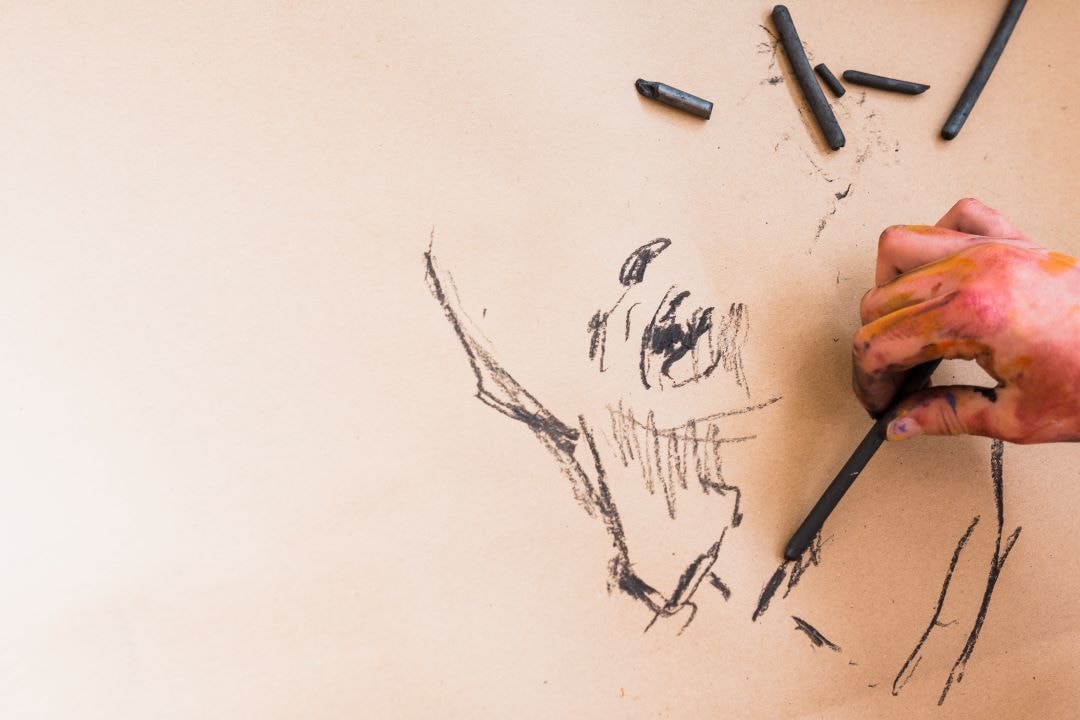
How to draw a realistic nose?: Use simple shapes
You can draw a realistic nose by using simple shapes and following a clear nose step tutorial.
Start by sketching a circle to represent the base of the nose, then add two lines running vertically from the circle to form the general outline of the nose bridge.
Next, create simple guidelines to position the shape of the nose, ensuring the middle and edges are visible.
Using a pencil, lightly shade around the nose bridge and tip to define its form and highlight the areas where the light source hits.
Draw the nostrils by marking their position beneath the circle, carefully creating their shape at the correct angle.
Add darker shading within the nostrils while keeping the edges soft and blending smoothly. Shape the contours of the nose by refining the lines and bumps along the bridge and tip, paying attention to the play of light and shadow.
Finally, draw a nose and blend your shading to achieve a seamless transition between dark and light areas, making the frontal view of the nose appear realistic.
For example, focus on subtle highlights and shadows to enhance the structure and direction of the nose from every angle.

How do you draw a nose for beginners?: Drawing noses
For beginners, you can draw a nose by first starting with the face front on and drawing a pyramid with an elongated top half.
This shape enables us to draw the nose from any angle we want, but it’s best to start and draw nose with the frontal view.
Begin by marking a triangle between the eyes; this triangle outlines the space between the eyebrows and the nose bone.
Next, draw a cross over the pyramid to determine how wide the nose will be. The average nose is about as wide as the distance between the eyes, and the higher the cross is placed, the more upwards the nose will point.
To turn the pyramid into a nose, you’ll start by adding a circle at the tip of the pyramid. A smaller circle creates a pointier nose, so take this into account based on the shape you want.
At the bottom corners of the pyramid, sketch out the wings of the nose. Below the tip, mark the septum using two additional lines, and then draw the nostrils along with a subtle nose-tip-edge-wave to define the underside.
Don’t forget to add the bridge of the nose, keeping the outer edges softer for a natural look. Use a light pencil stroke for these preliminary steps, as this will leave space to refine the shape and add shading later.
Notice how the nose’s right side and left side differ slightly depending on the angle and lighting. Finally, add shading and highlights to make the nose more visible and realistic, while keeping the overall appearance smooth and proportional.
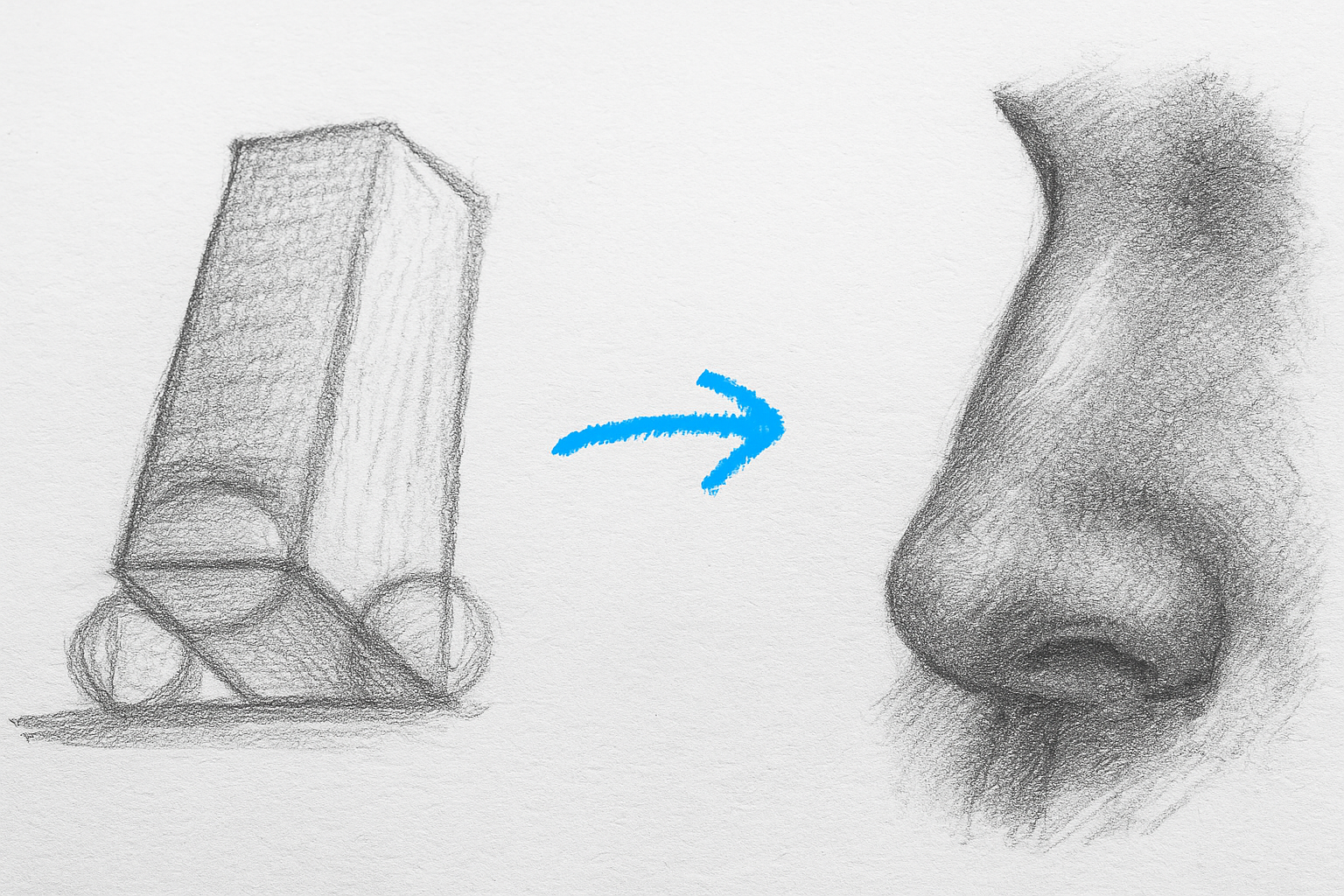
How to draw a shadow nose?
To draw a shadow nose, use a wedge to draw a nose from the 3/4 view as a starting point for identifying the overall form and angle.
Begin by sketching circles for the nose tip and wings to establish the major features of the nose.
Using construction lines, start shaping the structure of your 3/4 nose by connecting the circles and refining its outline.
Draw the nostrils on either side of the tip, paying close attention to the light source to determine where shadows and highlights will fall.
Add the nose bridge and brow to give depth and definition while focusing on the transition from the middle to darker areas.
Next, lighten your construction lines to prepare for shading, which will bring the nose to life.
Use nose drawing easy shading techniques to emphasize the edge of the nose and skin texture, gradually adding mid-tones and darker shadows where necessary—like beneath the nostrils or along the bridge that faces away from the light source.
Blend the shading to create a smooth transition between light, middle, and dark tones, and carefully highlight the areas where the light hits, such as the tip or the bridge's profile view.
As a final step, put finishing touches on your 3/4 nose drawing by refining the stick lines and adjusting the highlights.
Notice how the contours and shading work together to make the nose ¾ view form appear realistic, grounded, and proportional.
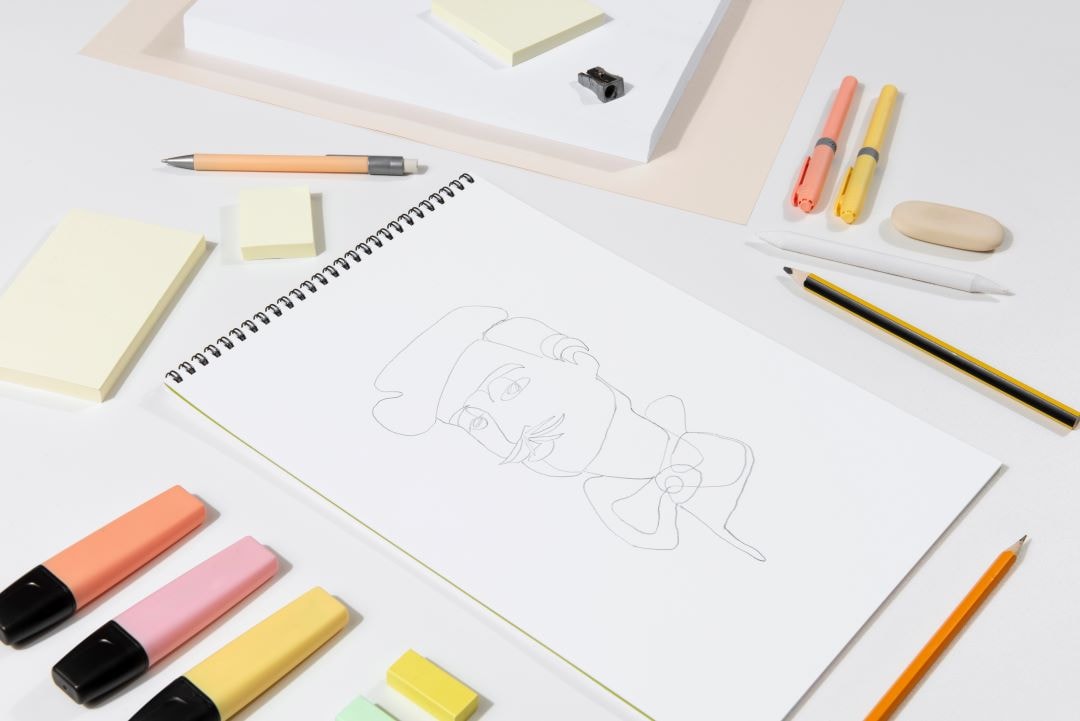
How to make a cartoon nose?
To make a cartoon nose, it's important to understand the basic shapes that compose the nose.
Begin by observing the nose as a combination of simple shapes like circles and diamond-like forms, which provide a foundation for construction lines.
Think about the nose in three parts—the bridge, the ball, and the nostrils. Start by viewing the nose from a profile or frontal view and take note of the depth, particularly in the bridge and the underside of the nose.
The nose should be proportioned to the face and should fall about two-thirds of the way down.
Focus on the width of the nostrils, the size of the nose tip, and how the shapes connect at their edges.
For example, lightly sketch the left side and right side of the outer curves with a pencil, noting where the right nostril and left nostril align in position to the middle of the face.
Add construction lines to refine these features and darken them once satisfied. Shading is essential to give depth and smoothness to the form.
Use a blending stump to soften transitions and highlight areas exposed to the light source, such as the nose tip and bridge.
When refining the nose, ensure it complements the rest of the illustration. You can exaggerate features for a more stylized cartoon aesthetic, elongating the bridge or adjusting the nose's overall angle.
Keep the light and dark tones in mind when shading, as they help emphasize the skin's smoother areas and the edge of the nose.
Following this same method throughout, you can create a dynamic cartoon nose by combining creative choices with attention to detail.
Whether viewed under light, from the bridge to the underside and outer edges, the nose becomes a focal point of the character's expression in your artwork.
When drawing a nose step by step, it's important to consider its relationship with the mouth, as both features help define the lower half of the face. Learn how to draw a mouth here.
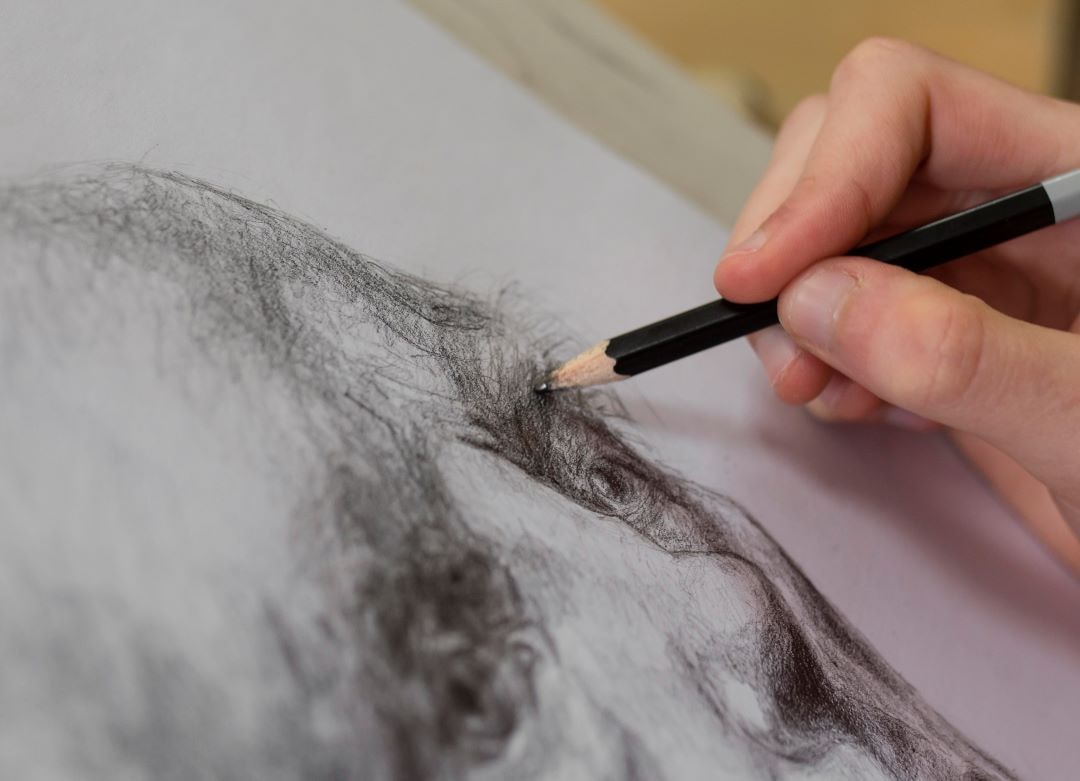
How to draw a guy's nose?
To draw a guy's nose, it's best to secure the understanding of its basic structure, as this lays the foundation for an accurate and realistic outcome.
The nose can be broken down into simple shapes, such as a triangle or trapezoid for the bridge and an oval for the tip.
Start by analyzing the nose shape and its proportions according to factors like age and sex, as male noses are often thicker and more pronounced with visible bumps compared to female noses.
Pay attention to different nose types—whether it’s straight, hooked, or rounded—and how they can change the overall character of the figure you're creating.
Placing the nose requires considering its distance from other facial features like the eyes and mouth for proper proportions.
It is important to understand that both eyes and noses are governed by similar principles of proportion and placement, where the distance between the eyes often sets the foundation for where the nose should sit. Learn how to draw eyes here!
To add detail, sketch out the wings of the nose and define the direction of the nostrils, ensuring you leave enough space for shadow and highlights to enhance depth.
Depending on the style you’re pursuing—whether a realistic art piece, a cartoon figure, or a simpler stick art illustration—it’s important to adapt the details accordingly.
For instance, a cartoon nose may only need curved lines or minimal shading, while a realistic nose requires careful use of a pencil to create a balance between light and shadow.
Applying noses to illustrations can instantly give individuality to characters, especially when experimenting with how the same face can look distinct with different nose shapes.
Examples and image tutorials can guide you in perfecting the placement and proportions, ensuring the nose aligns with the left-to-right symmetry of the face.
Finally, focus on the art of blending shadows and refining the overall structure to craft a cohesive and polished nose for your figure.

